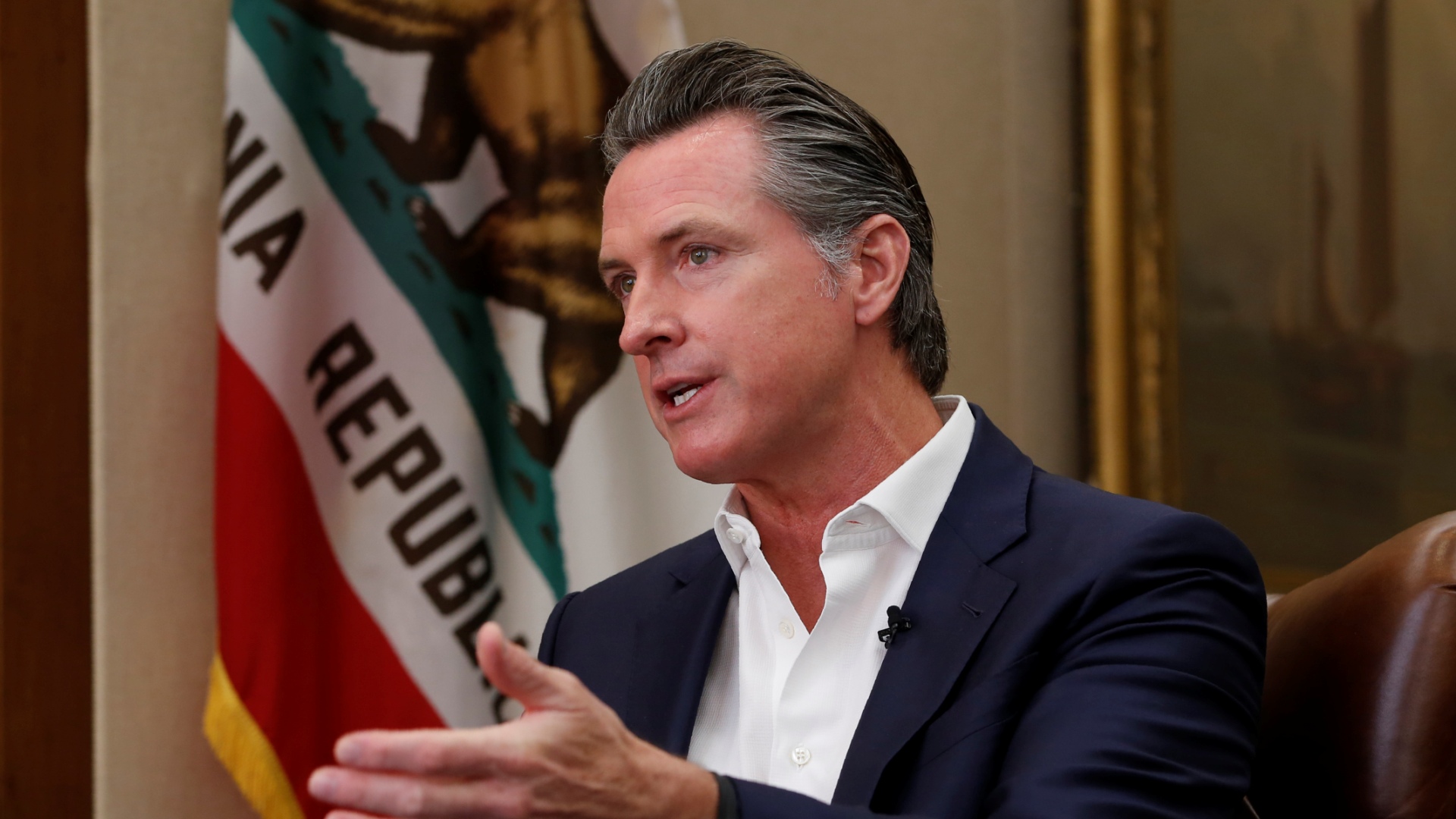Unlocking America State By State – Two groups of governors, one on the East Coast and one on the West Coast, announced Monday that they were forming regional working groups to help plan when it would be safe to begin to ease coronavirus-related restrictions to reopen their economies.
Their announcements came hours after President Trump, who has expressed impatience to reopen the economy, wrote on Twitter that such a decision lies with the president, not the states.
“Well, seeing as we had the responsibility for closing the state down,” Gov. Tom Wolf of Pennsylvania said, “I think we probably have the primary responsibility for opening it up.”
He joined the governors of Connecticut, Delaware, Massachusetts, New Jersey, New York and Rhode Island on a conference call, where they agreed to create a committee of public health officials, economic development officials and their chiefs of staff to work together as they decide when to ease the restrictions they have put in place to slow the spread of the virus.
They said they did not necessarily expect to act together or to create a one-size-fits-all solution, but they stressed the need for regional cooperation.
RELATED: Corona Jihad And Beatings Of Infected Muslims
On the West Coast, the governors of California, Oregon and Washington also announced Monday what they called a Western States Pact to work together on a joint approach to reopening economies.
They said that while each state would have its own specific plan, the states would build out a West Coast strategy that would include how to control the virus in the future. “Our states will only be effective by working together,” they said in a joint statement.
Gov. Gavin Newsom of California said on Monday that he had been in discussions with the other governors to coordinate efforts on the West Coast. He said that on Tuesday he would outline the “California-based thinking” on reopening and promised it would be guided by “facts,” “evidence” and “science.”
The stay-at-home orders that have kept a vast majority of Americans indoors were issued state by state, by their governors. The president did issue nonbinding guidelines urging a pause in daily life through the end of the month; in some states that had resisted such measures, including Florida, his input helped spur governors to act.
If the federal government were to issue new guidance saying it was safe to relax those measures or outlining a path toward reopening, many states would most likely follow or feel tremendous pressure from their businesses and constituents to relax restrictions.
But Mr. Trump, who said Friday that the decision of when to reopen the country would be the biggest he would ever make, said Monday that the decision for the president, not the governors, to make.
“The president of the United States calls the shots,” Mr. Trump said in a briefing at the White House. He added that he would work with the states, adding that he believed they were anxious to reopen when they can. “When someone is president of the United States, the authority is total.”
Still, several of the governors who spoke Monday made it clear that they did not intend to let businesses in their states reopen until experts and data suggested it would be safe to do so. They noted that their fates were bound by geography. “The reality is this virus doesn’t care about state borders, and our response shouldn’t either,” Gov. Gina Raimondo of Rhode Island said.
“We can put together a system that allows our people to get back to work,” Gov. Ned Lamont of Connecticut said. But he warned against reopening too soon and risking a second wave of infections.
In Texas, Gov. Greg Abbott said Monday that he was working closely with the White House on his plan to reopen the state’s businesses. He called for a staggered approach in which businesses that have a minimal impact on the spread of the virus would open up first.
“This is not going to be a rush-the-gates” situation, said Mr. Abbott, who has been criticized for making Texas one of the last states to issue a statewide stay-at-home order.
Earlier on Monday, Gov. Andrew M. Cuomo said New York’s known death toll had exceeded 10,000, with 671 people dying on Sunday. Nearly 2,000 more people were hospitalized on Sunday — a vast number, though lower than previous tallies — and there were fewer intubations.
But even as he hinted that he believed that “the worst is over,” he warned the situation would worsen if New Yorkers behaved recklessly.
“Not as bad as it has been in the past, but basically flat, and basically flat at a horrific level of pain and grief and sorrow,” Mr. Cuomo said.
There are more than 500,000 confirmed cases in the United States and more than 23,000 people dead, according to a New York Times database. In one case, a sailor assigned to the aircraft carrier Theodore Roosevelt died of complications stemming from the virus, according to Navy officials. It was the first death for the ship’s crew, which numbers more than 4,800.
Mr. Trump is in a rush to lift restrictions, convinced that the move will rocket the economy out of a deep recession.
Companies say otherwise. So does a wide variety of economic and survey data, which suggests the economy will recover slowly even after the government begins to ease limits on public gatherings and allow certain restaurants and other closed shops to reopen.
U.S. stocks slipped on Monday, a retreat that followed one of Wall Street’s best weeks in decades, as investors weighed the implications of a deal to cut oil production and awaited the release of quarterly earnings reports from corporate America. The S&P 500 fell about 1 percent.
The evidence suggests it’s not just stay-at-home orders and other government restrictions that have chilled economic activity in the United States over the last month: It’s also a behavioral response from workers and consumers scared of contracting the virus.
Some government officials have been cautioning that the restart would not happen instantly and equally nationwide.
Dr. Robert Redfield, the director of the Centers for Disease Control and Prevention, said Monday that he expected the reopening to play out “community by community, county by county,” but that the U.S. would first need to “substantially augment our public health capacity to do early case identification, isolation and contact tracing.”
“There’s no doubt that we have to reopen correctly,” Dr. Redfield said on NBC’s “Today.” “It’s going to be a step-by-step, gradual process. It’s got to be data-driven.”
Even in places without lockdown orders, business has suffered and unemployment has increased because Americans are avoiding restaurants, airports and shopping centers on their own accord to minimize the risk of infection.
Until Americans feel widely confident that the risks of the virus have fallen — either through a testing system that far exceeds what is currently available or ultimately via a vaccine — many economists and business owners say there will be no economic rebound for the country, regardless of government restrictions.






